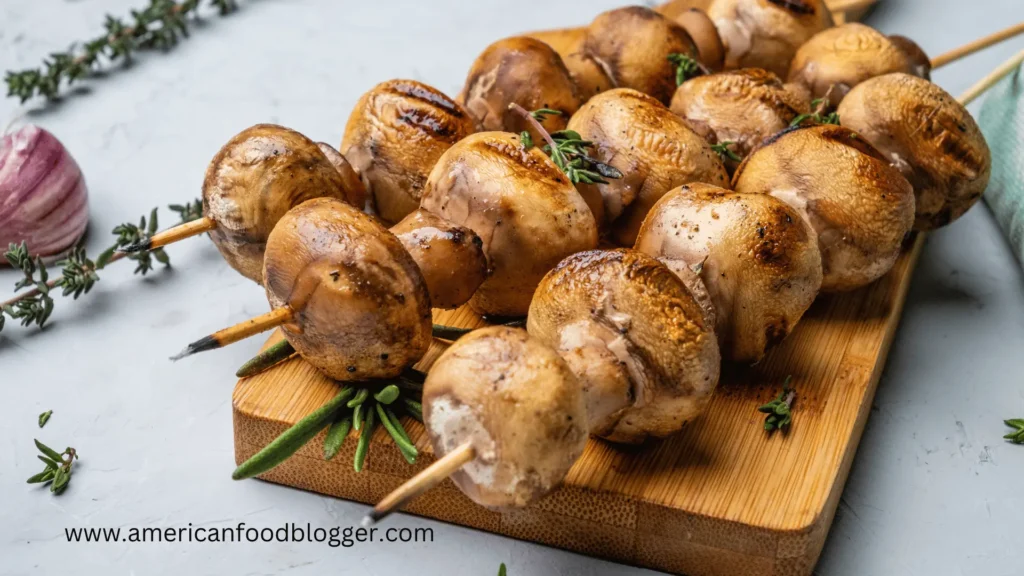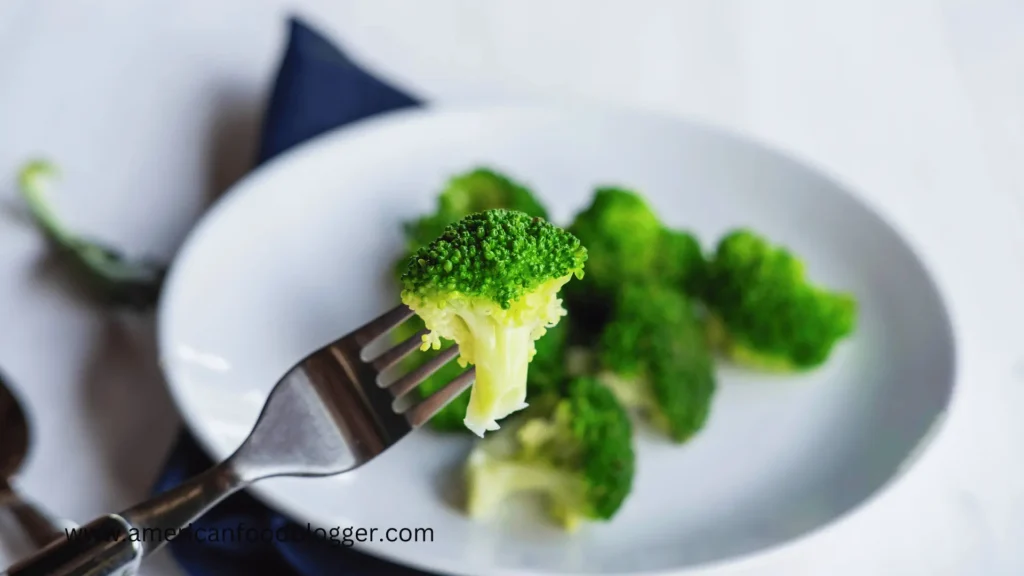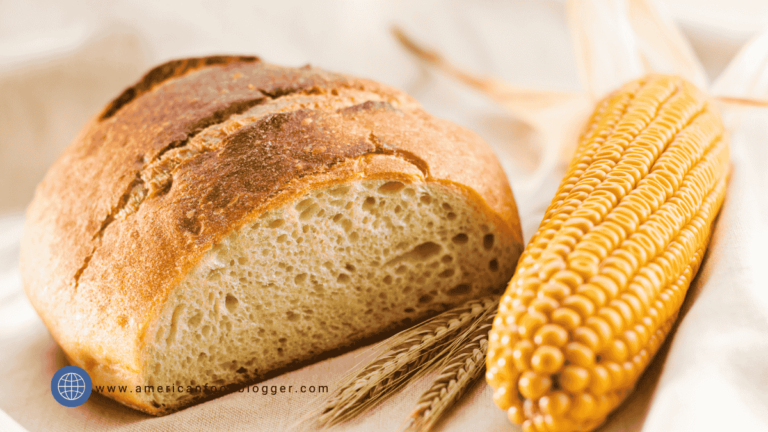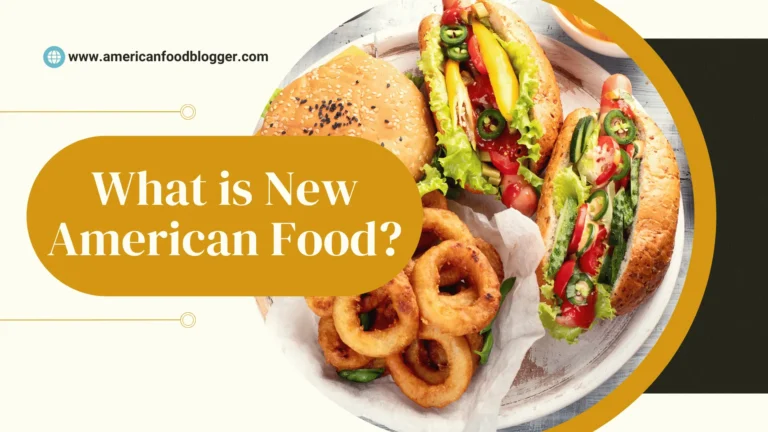The Most Disliked Foods in America include a variety of ingredients and dishes that many people simply don’t enjoy. From the bitterness of Brussels sprouts to the slimy texture of okra, these foods often rank among the least favorite. While some are popular in other parts of the world, they remain divisive in the U.S.
These dislikes stem from cultural influences, personal preferences and even texture or flavor. Despite diverse tastes across the country, certain foods consistently provoke strong reactions. This article dives into the foods Americans tend to avoid, exploring their history, psychological reasons for aversions and tips for making them more enjoyable.
Historical Context: The Origins of Food Dislikes
The history of Most Disliked Foods in America Is often rooted in cultural and societal shifts. For example, liver was once a staple in many American households due to its nutritional value and affordability during the Great Depression. However, as the economy improved and other protein sources became more accessible, liver lost its appeal and earned its place on the list of disliked foods.
Similarly, vegetables like Brussels sprouts were often overcooked in the past, making them taste bitter and unappealing. Although better cooking methods have improved their image, some foods still haven’t fully recovered their reputation.
Why Certain Foods Are Disliked: Cultural and Psychological Reasons
Cultural and psychological factors play a significant role in why certain foods are disliked. Foods like foie gras and escargot which are delicacies in some cultures, are often rejected in America due to unfamiliarity and ethical concerns.
Additionally, psychological factors such as early negative experiences with food, social influences and even food neophobia (fear of new foods) can contribute to food aversions.
Media Influence on Food Dislikes
Media and food trends play a crucial role in shaping public opinion about certain foods. Television shows, movies and social media often portray certain foods negatively, reinforcing their unpopular status. For example, Brussels sprouts were long seen as the “yucky” vegetable in cartoons and kids’ shows, contributing to their dislike. On the other hand, positive portrayals can help improve the image of foods and make them more accepted.
Regional Food Preferences and Dislikes
Food preferences and dislikes can vary significantly by region. For example, in the Southern United States, okra and grits are beloved staples, while they might be rejected in other parts of the country. Similarly, the Midwest’s fondness for casseroles and jellied salads might not translate to other regions, where these dishes are less common and sometimes less appreciated.

Top 10 Most Disliked Foods in America
- Liver: Despite its high nutritional value, liver is often disliked for its intense, metallic taste and dense texture, making it a challenging food for many to enjoy.
- Brussels Sprouts: These small green vegetables are notorious for their bitter flavor, especially when overcooked, which is why they often top the list of least favorite foods.
- Black Licorice: Loved by some and despised by many, black licorice has a distinctive anise flavor that is often too strong and medicinal for many palates.
- Anchovies: These small, salty fish have a strong flavor that can be overwhelming, especially when used as a pizza topping or in other dishes, making them a divisive ingredient.
- Tofu: Tofu’s blandness and spongy texture can be unappealing to those unfamiliar with how to properly season or cook it, leading to its spot on the disliked foods list.
- Cottage Cheese: The lumpy, curdled texture of cottage cheese, combined with its mild taste, makes it a food that many find difficult to enjoy.
- Okra: Often used in Southern cuisine, okra is notorious for its slimy texture when cooked, which can be a major turn-off for those who prefer crisper vegetables.
- Mayonnaise: This creamy condiment has a thick, eggy flavor that polarizes people—some love its richness, while others find it overpowering and unpleasant.
- Blue Cheese: Known for its strong odor and tangy, moldy flavor, blue cheese is a love-it-or-hate-it food that often repels those with sensitive palates.
- Sardines: These oily fish have a very strong, fishy flavor that can be off-putting to many, especially when eaten straight out of the can.
Each of these foods has a taste, texture or smell that many Americans don’t like. Despite being disliked, some of these foods are highly nutritious, which adds another layer of complexity to their culinary reputation.

Common Traits of Disliked Foods: Texture, Flavor, Appearance
Texture, flavor and appearance are common traits that influence food dislikes. Slimy textures, like those of okra or oysters, can be particularly off-putting. Similarly, strong, pungent flavors like those found in blue cheese or fishy anchovies tend to divide opinions. Even the appearance of a food such as the curdled look of cottage cheese, can lead to aversion.

Health Aspects of America’s Least Favorite Foods
Interestingly, many of the foods that Americans dislike are actually packed with nutrients. For example, one of the foods highest in nutrients is liver, which is also high in iron, protein and the vitamins A and B12. Brussels sprouts are high in fiber, vitamins and antioxidants. Despite their health benefits, these foods remain unpopular, highlighting a disconnection between nutritional value and food preference.
Nutrient Rich Foods That Are Often Disliked
Some foods that people dislike are actually very nutritious. For example, Brussels sprouts are full of fiber, vitamins C and K, and antioxidants, while the liver is packed with vitamin A, iron and protein. Adding these foods to your diet can greatly improve your health, making it worth trying to overcome any dislikes.

Food Preferences Over Time: Children vs. Adults
Children and adults often have different food preferences, with many disliked foods being more common among younger palates. Foods like broccoli, spinach and mushrooms are often rejected by children but appreciated by adults. As people get older, their taste buds become less sensitive, making bitter and strong flavors more tolerable. This explains why food preferences change with age.
Making Disliked Foods Palatable: Tips and Tricks
Despite their unpopularity, many disliked foods can be made palatable with the right preparation techniques. For example, roasting Brussels sprouts can enhance their natural sweetness and reduce bitterness. Marinating liver in milk before cooking can help mellow its strong flavor. Experimenting with different cooking methods, seasonings and pairings can transform these foods into more enjoyable dishes.
Overcoming Food Aversions: Expert Tips
Overcoming food aversions requires patience and experimentation. Experts recommend starting with small portions, trying different cooking methods and pairing disliked foods with ingredients you already enjoy. Gradually increasing exposure to the food in various forms can help build a tolerance or even an appreciation for it over time.
Culinary Experts on Disliked Foods
Culinary experts often emphasize the importance of preparation and context in overcoming food aversions. Chefs suggest that disliked foods be introduced gradually, paired with familiar flavors and prepared in a way that highlights their best qualities. For example, anchovies can be used in small amounts to add umami depth to sauces without overpowering the dish.
Conclusion
Surveying the most disliked foods in America reveals much about our culinary preferences, cultural influences and psychological biases. While some foods may never achieve universal approval, understanding the reasons behind these aversions allows us to approach them with an open mind. With the right preparation and a willingness to experiment, even the most unpopular foods can find a place in our diets.
Whether you’re looking to expand your palate or simply curious about the foods that divide opinions, this exploration of America’s least favorite foods offers valuable insights into the nation’s diverse and ever-evolving food culture.
💡Related Queries:
1.Americanized Food: A Culinary Fusion
3.What are the Best American Foods?
4.Exploring American Food Restaurants
Frequently Asked Questions:
➤ What are considered the most disliked foods in America?
Answer: The most disliked foods in America often include items like liver, Brussels sprouts and certain types of seafood like anchovies and sardines. However, preferences can vary widely depending on personal taste and cultural background.
➤ Why are these foods disliked?
Answer: Dislike for certain foods can stem from a variety of reasons including taste, texture, cultural unfamiliarity or even childhood experiences. Some foods may have strong flavors or textures that are off-putting to some individuals.
➤ Are there regional differences in disliked foods across America?
Answer: Yes, regional differences can influence what foods are disliked. For example, foods commonly disliked in one region may be celebrated as delicacies in another. Cultural and regional food preferences play a significant role.
➤ Do disliked foods change over time?
Answer: Yes, food preferences can change over time due to various factors including culinary trends, exposure to different cuisines and evolving tastes influenced by health considerations or environmental concerns.
➤ How can someone develop a taste for disliked foods?
Answer: Developing a taste for disliked foods often involves exposure and trying different preparations or combinations that might make the food more palatable. Sometimes acquired tastes develop with repeated exposure.
➤ What should I do if I dislike a commonly liked food?
Answer: It’s perfectly normal to have preferences that differ from others. Exploring alternative ways of preparing the food or substituting it with similar ingredients can help find alternatives that suit your tastes better.
➤ Are there health benefits to disliked foods?
Answer: Yes, even disliked foods can offer nutritional benefits. For instance, liver is rich in iron and vitamins, despite being unpopular for its taste. Finding creative ways to include disliked foods in your diet can enhance overall nutrition.
➤ Is it okay not to like certain foods?
Answer: Absolutely! Everyone has unique taste preferences influenced by a variety of factors. It’s perfectly okay not to like certain foods as long as you maintain a balanced and healthy diet overall.








4 Comments